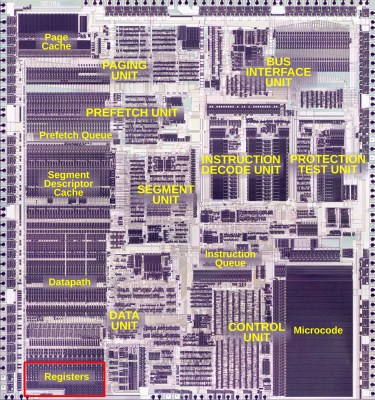If you grew up with a beige Atari ST on your desk and a faint feeling of being left out once Doom dropped in 1993, brace yourself — the ST strikes back. Thanks to [indyjonas]’s incredible hack, the world now has a working port of DOOM for the Atari STe, and yes — it runs. It’s called STDOOM, and even though it needs a bit of acceleration or emulation to perform, it’s still an astonishing feat of retro-software necromancy.
[indyjonas] did more than just recompile and run: he stripped out chunks of PC-centric code, bent GCC to his will (cheers to Thorsten Otto’s port), and shoehorned Doom into a machine never meant to handle it. That brings us a version that runs on a stock machine with 4MB RAM, in native ST graphics modes, including a dithered 16-colour mode that looks way cooler than it should. The emotional punch? This is a love letter to the 13-year-old Jonas who watched Doom from the sidelines while his ST chugged along faithfully. A lot of us were that kid.
Sound is still missing, and original 8MHz hardware won’t give you fluid gameplay just yet — but hey, it’s a start. Want to dive in deeper? Read [indyjonas]’ thread on X.





 This levitator is USB-powered, and typically draws 1 W to 3 W to levitate masses between 10 g and 500 g. The base can provide 3 V to 5 V inductive power to the levitator to the tune of 10 mA to 50 mA, which is enough for some interesting possibilities, starting with the lights and motors [Jonathan] has tried.
This levitator is USB-powered, and typically draws 1 W to 3 W to levitate masses between 10 g and 500 g. The base can provide 3 V to 5 V inductive power to the levitator to the tune of 10 mA to 50 mA, which is enough for some interesting possibilities, starting with the lights and motors [Jonathan] has tried.












